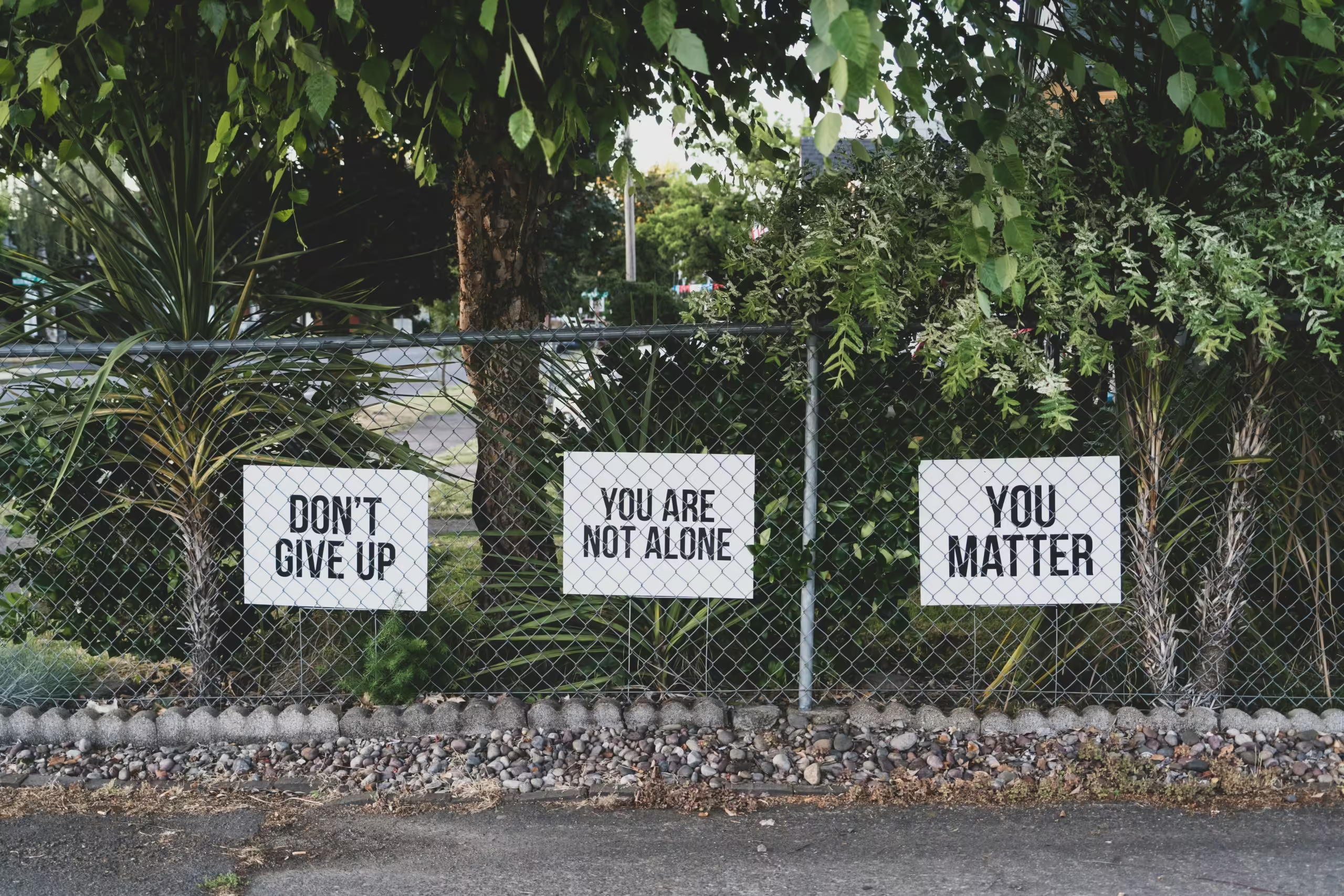Understanding Burnout: What It Is and Why It Matters
Burnout is a state of emotional, physical, and mental exhaustion caused by prolonged and excessive stress. It often manifests in feelings of hopelessness and depletion, which can significantly impact one’s professional and personal life. While stress is a temporary response to a challenging situation, burnout is a chronic condition that arises when stress becomes too overwhelming and unmanageable. This distinction is crucial as it guides individuals in adopting effective stress management strategies, which can be vital in burnout prevention.
Recognizing burnout early is essential to mitigating its potential long-term effects on mental and physical health. The symptoms of burnout can vary widely, including chronic fatigue, irritability, cognitive impairments, and even physical ailments such as headaches or heart disease. The presence of these symptoms should prompt individuals to re-evaluate their current coping mechanisms and life circumstances. Addressing burnout proactively can help restore balance and enjoyment in one’s daily life.
Several factors contribute to the onset of burnout, primarily rooted in workplace culture, personal expectations, and various life circumstances. A toxic work environment, characterized by excessive workloads, lack of support, and unclear expectations, can exacerbate the risk of burnout. Furthermore, individual tendencies, such as perfectionism and overcommitment, can heighten personal stress levels, making burnout more likely. Life circumstances, including financial pressures or family demands, also play significant roles in increasing stress and leading to burnout.
By understanding the intricacies of burnout and recognizing its signs, one can take proactive steps to foster self-care and implement supportive stress management techniques. Emphasizing the importance of resilience and adaptability in navigating today’s highly demanding environments is critical in promoting overall well-being and reducing the risk of burnout.
Common Red Flags of Burnout
Burnout manifests through a variety of signs that can significantly impact an individual’s well-being and productivity. One of the most prevalent indicators is emotional exhaustion. Individuals suffering from this feeling often report being drained, fatigued, and overwhelmed, which can lead to decreased motivation in both personal and professional environments. For example, a person might find it increasingly difficult to engage in tasks that they once enjoyed, leading to a sense of dread when facing work responsibilities.
Another critical red flag of burnout is a sense of detachment. This can manifest through feelings of cynicism or a disconnection from colleagues, projects, and even personal relationships. A person may start withdrawing from social interactions or become indifferent to events and responsibilities that once held importance. This detachment not only affects interpersonal relationships but also hampers effective communication, which is vital for stress management and collaboration in workplaces.
Decreased motivation is closely tied to both emotional exhaustion and detachment. Burnout can cause individuals to feel a lack of purpose or enthusiasm toward their goals. For instance, an employee might struggle to initiate projects or meet deadlines, reflecting systemic feelings of inadequacy. This often culminates in physical symptoms, such as headaches, gastrointestinal problems, fatigue, or sleep disturbances, which serve as signals that the body is under considerable strain.
It is also essential to recognize that these red flags can appear differently based on individual circumstances, personality traits, and work environments. While some may exhibit pronounced emotional symptoms, others might display physical signs more vividly. The manifestation of burnout can vary widely, making it crucial for individuals to remain attuned to their bodies and emotions. In understanding these common red flags, one can take proactive steps toward burnout prevention and implement effective self-care strategies.
Taking Action: Strategies to Combat Burnout
Once individuals recognize the signs of burnout, it is crucial to take actionable steps towards alleviating the stress associated with this state. One effective strategy is to set clear boundaries. This entails learning to say no to additional responsibilities that don’t align with one’s capacity, thereby creating room for rest and recovery. By defining personal limits, individuals can protect their well-being and prevent further escalation of burnout.
Moreover, implementing a robust self-care routine is vital in the journey toward burnout prevention. Engaging in activities that promote relaxation and rejuvenation, such as regular physical exercise, meditative practices, or spending time in nature, can greatly enhance emotional resilience. Additionally, prioritizing adequate sleep and maintaining a nutritious diet play significant roles in stress management, contributing positively to mental health.
Seeking professional help should also be considered as a valuable approach in confronting burnout. Mental health professionals can provide tailored strategies and tools, helping individuals navigate the complexities of their stressors and establish healthier coping mechanisms. Support groups, whether in-person or online, can offer a sense of belonging and shared experience, further alleviating feelings of isolation often associated with burnout.
Furthermore, making lifestyle changes, such as reassessing priorities and eliminating unnecessary commitments, can provide relief. It is essential to focus not only on work-related tasks but also on hobbies and interests that bring joy and fulfillment. By reclaiming time for personal enjoyment, individuals can rediscover their passions and enhance their overall quality of life.
Implementing these strategies can be transformative in combating burnout and fostering a healthier, more balanced lifestyle. Taking these proactive steps not only addresses the immediate concerns of stress but also establishes a solid foundation for long-term well-being.
Creating a Supportive Environment: Role of Employers and Peers
Burnout prevention is a collective effort that necessitates active participation from both employers and peers in the workplace. Employers play a critical role in fostering a supportive culture that prioritizes mental health and well-being. By cultivating an environment where open communication is encouraged, employees are more likely to express their concerns regarding stress management and workload without fear of repercussion. This transparency can be instrumental in identifying symptoms of burnout early and facilitating timely interventions.
Additionally, the implementation of mental health resources, such as employee assistance programs, training for stress management, and workshops on self-care practices, can significantly alleviate the pressures employees face. Employers who actively demonstrate a commitment to their employees’ well-being tend to witness higher retention rates and improved overall morale. When the workplace culture embraces wellness initiatives, it sends a clear message that employees’ mental health is valued.
Equally important is the role of peers in supporting one another. Cultivating a spirit of collaboration and empathy among team members can help create a network of support. Encouraging colleagues to check in with each other and share coping strategies fosters a community where individuals feel empowered to discuss their experiences with stress and burnout. This peer support can alleviate feelings of isolation that often accompany burnout and create an environment where everyone feels responsible for each other’s well-being.
Moreover, individuals can advocate for themselves and their colleagues by voicing the need for systemic changes that promote a healthier work environment. Voicing concerns during team meetings, suggesting the implementation of work-life balance initiatives, and promoting workplace wellness activities are constructive steps towards burnout prevention. By working collaboratively, employers and employees can build a culture that not only identifies and addresses burnout early on but also nurtures a more resilient workforce.



